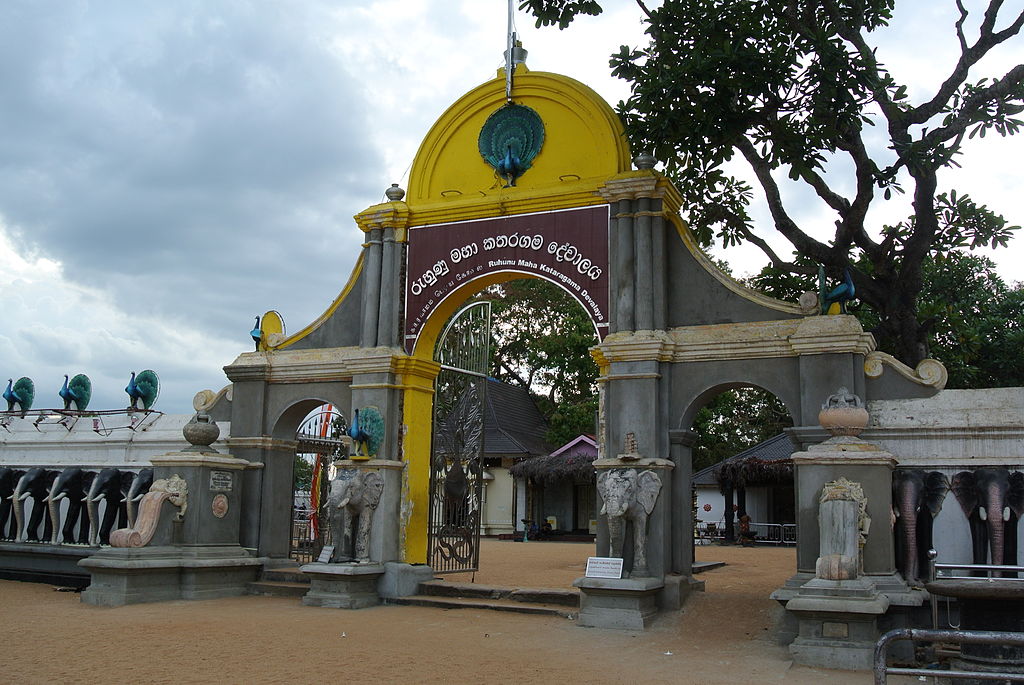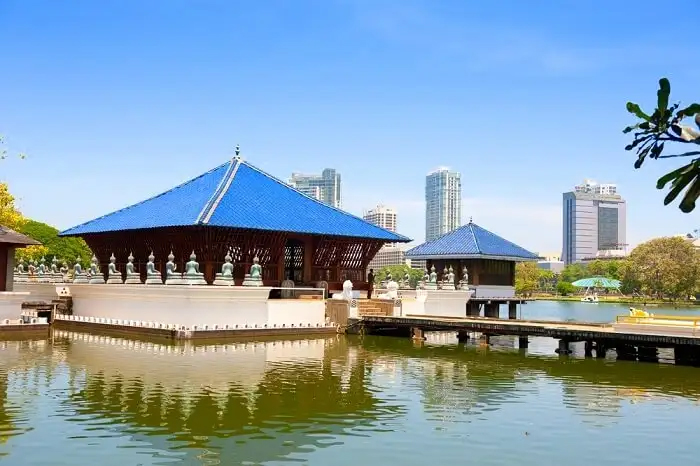cities rich with culture and history offer travelers a fascinating journey through time and heritage. Kandy, nestled amidst lush green hills, boasts the sacred Temple of the Tooth Relic, a UNESCO World Heritage Site, and vibrant cultural performances. Galle, with its well-preserved Dutch colonial architecture and imposing fort, reflects the island’s colonial past and maritime heritage. Anuradhapura and Polonnaruwa, ancient capitals of Sri Lanka, are dotted with majestic ruins, stupas, and sacred sites that showcase the island’s Buddhist heritage and architectural prowess. In the heart of Colombo, the bustling capital, colonial-era buildings stand alongside modern skyscrapers, while the National Museum and Independence Memorial Hall offer insights into Sri Lanka’s journey to independence.

Known as the cultural capital of Sri Lanka, Kandy is home to the sacred Temple of the Tooth Relic (Sri Dalada Maligawa), which houses the tooth relic of Lord Buddha.
The city is famous for the annual Esala Perahera, a grand festival featuring traditional dance, music, and elephant processions, held to honor the tooth relic.
Visitors can explore historic sites such as the Royal Palace of Kandy, the Kandy Lake, and the Peradeniya Botanical Gardens.

Anuradhapura is one of the ancient capitals of Sri Lanka and a UNESCO World Heritage Site, known for its well-preserved ruins of ancient civilization.
The city was a center of Buddhist culture and is home to numerous dagobas (stupas), monasteries, palaces, and ancient reservoirs such as the Abhayagiriya and Jetavanaramaya.
Visitors can explore archaeological sites such as the Ruwanwelisaya, Sri Maha Bodhi, and Isurumuniya Rock Temple, offering insights into the rich history and religious significance of the region.

Polonnaruwa served as the medieval capital of Sri Lanka and is another UNESCO World Heritage Site, renowned for its ancient ruins and impressive monuments.
The city boasts well-preserved ruins of palaces, temples, statues, and irrigation systems built during the reign of the Chola and Sinhalese kingdoms.
Highlights include the Royal Palace complex, Gal Vihara (rock temple with Buddha statues), Parakrama Samudra (artificial reservoir), and the Lankatilaka Temple.

Dambulla is home to the UNESCO-listed Dambulla Cave Temple, also known as the Golden Temple of Dambulla, which features over 150 Buddha statues and intricate wall paintings.
The cave complex dates back to the 1st century BCE and served as a refuge for King Valagamba during his exile.
Visitors can explore five caves filled with religious art and sculptures, providing a unique insight into Sri Lanka’s Buddhist heritage.

Sigiriya is famous for the ancient rock fortress of Sigiriya, also known as the Lion Rock, a UNESCO World Heritage Site and one of Sri Lanka’s most iconic landmarks.
The fortress dates back to the 5th century AD and features impressive frescoes, landscaped gardens, and the remnants of a royal palace atop the 200-meter-high rock.
Climbing to the summit of Sigiriya offers panoramic views of the surrounding countryside and a glimpse into the ancient civilization that once thrived there.

Kataragama is a sacred pilgrimage site revered by Buddhists, Hindus, Muslims, and indigenous Vedda communities.
The city is home to the Kataragama Temple, dedicated to the Hindu god Skanda (Kataragama Deviyo), and is known for its colorful religious festivals and rituals.
Visitors can witness traditional ceremonies, offerings, and processions, providing a unique cultural experience and insight into Sri Lanka’s religious diversity.





